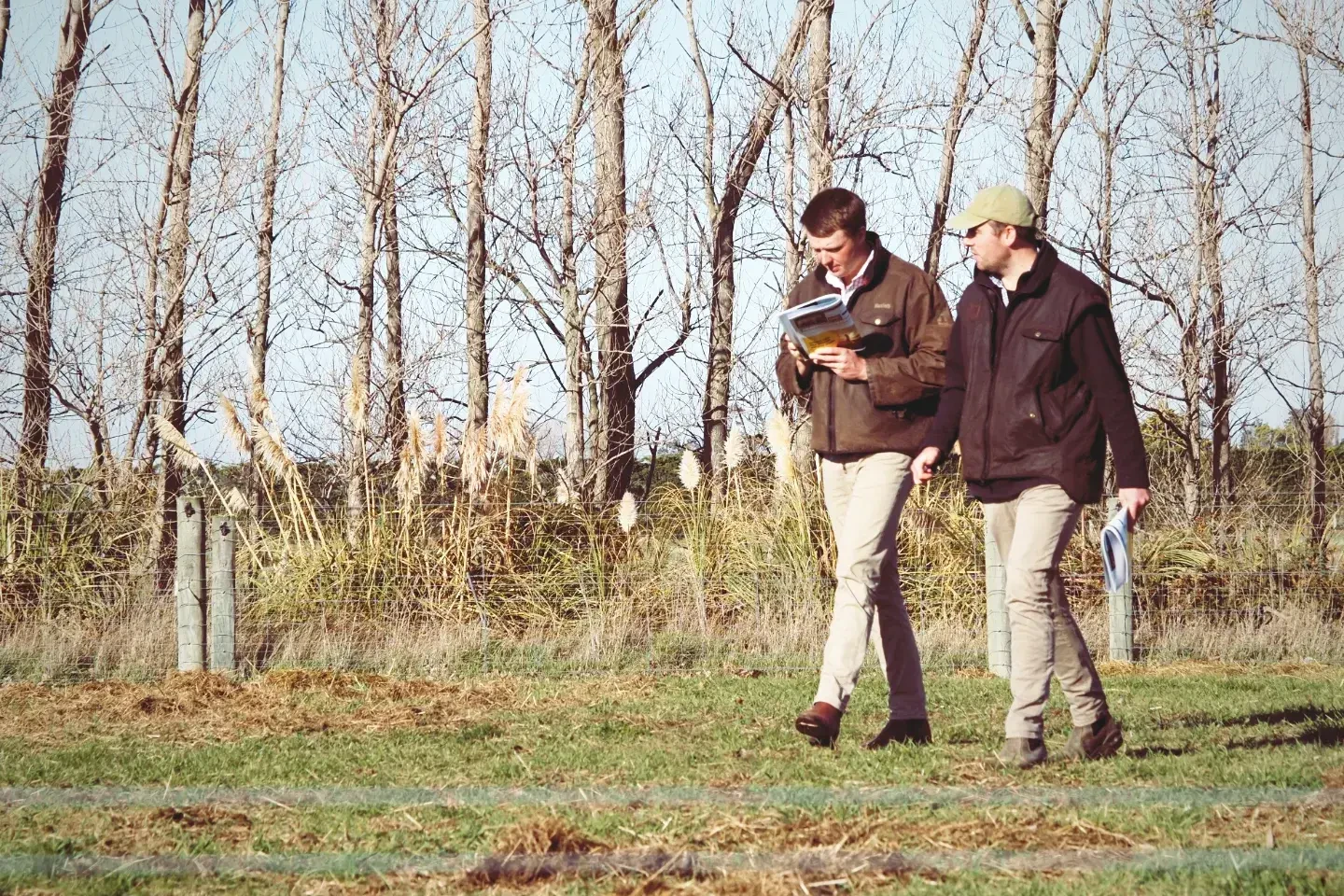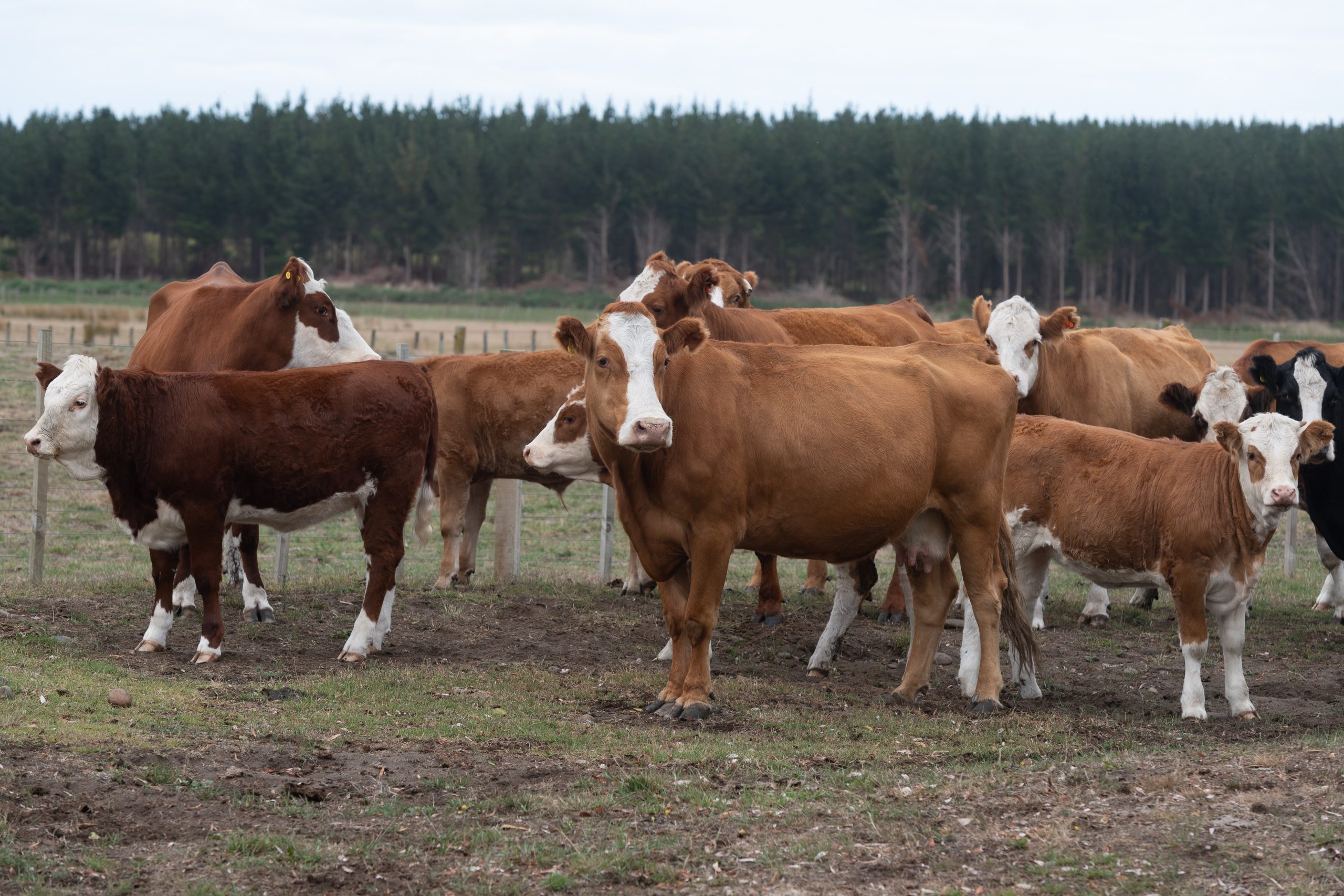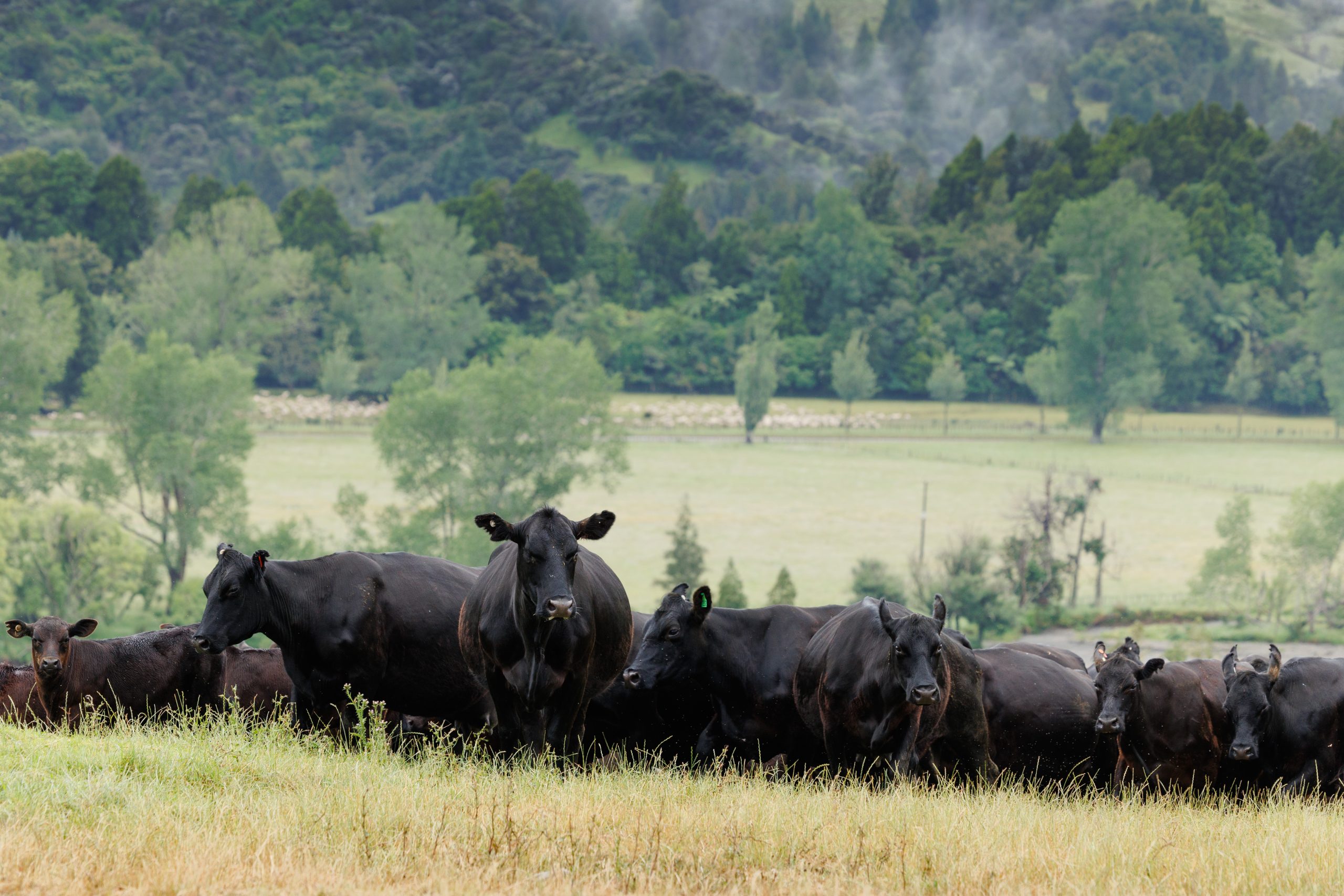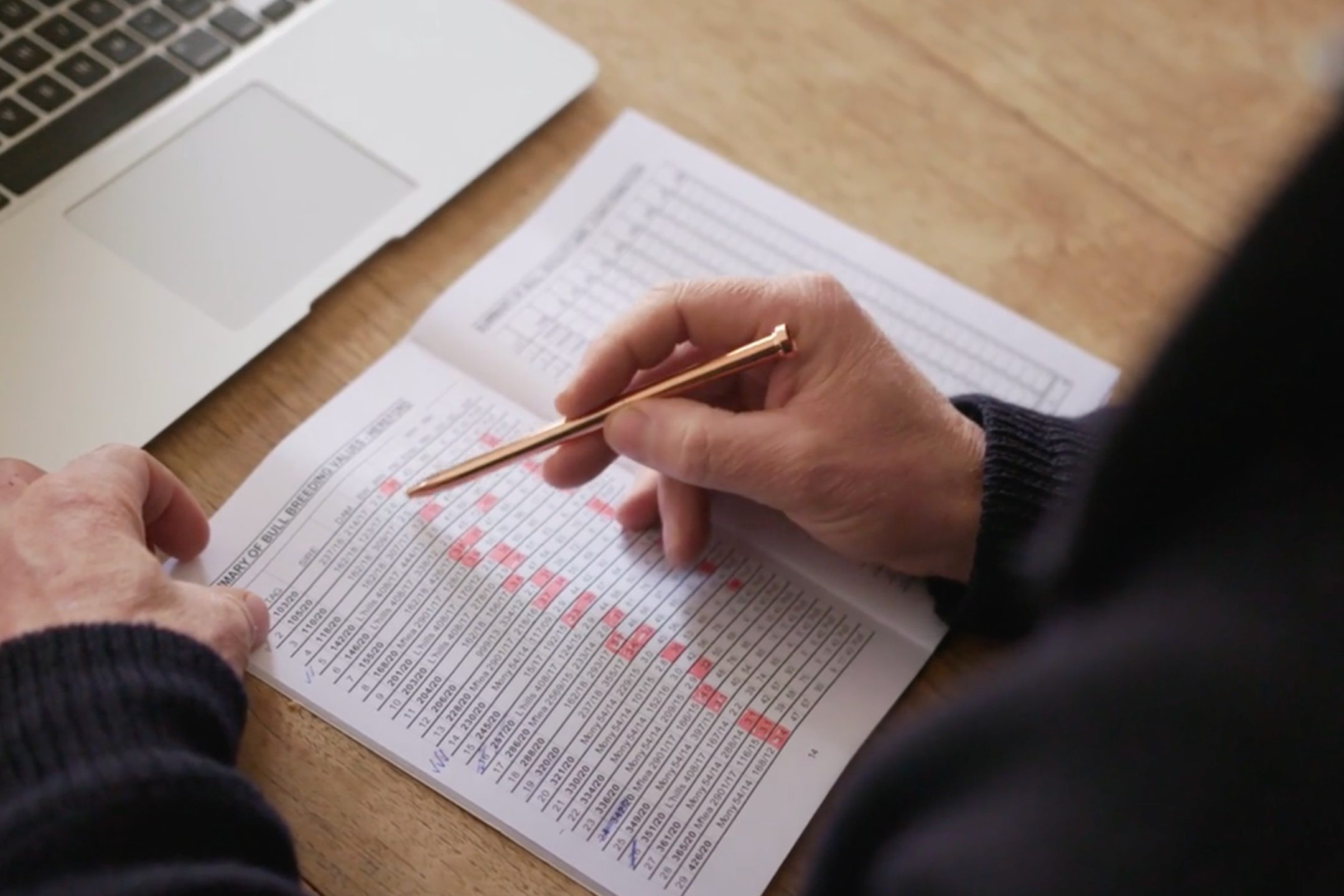Irish lead the way in addressing non-replacement dairy calves
Aware of the reputational risk posed by non-replacement bobby calves, the Irish dairy industry has used every tool and system at its disposal to drive industry change. Words Sandra Taylor.
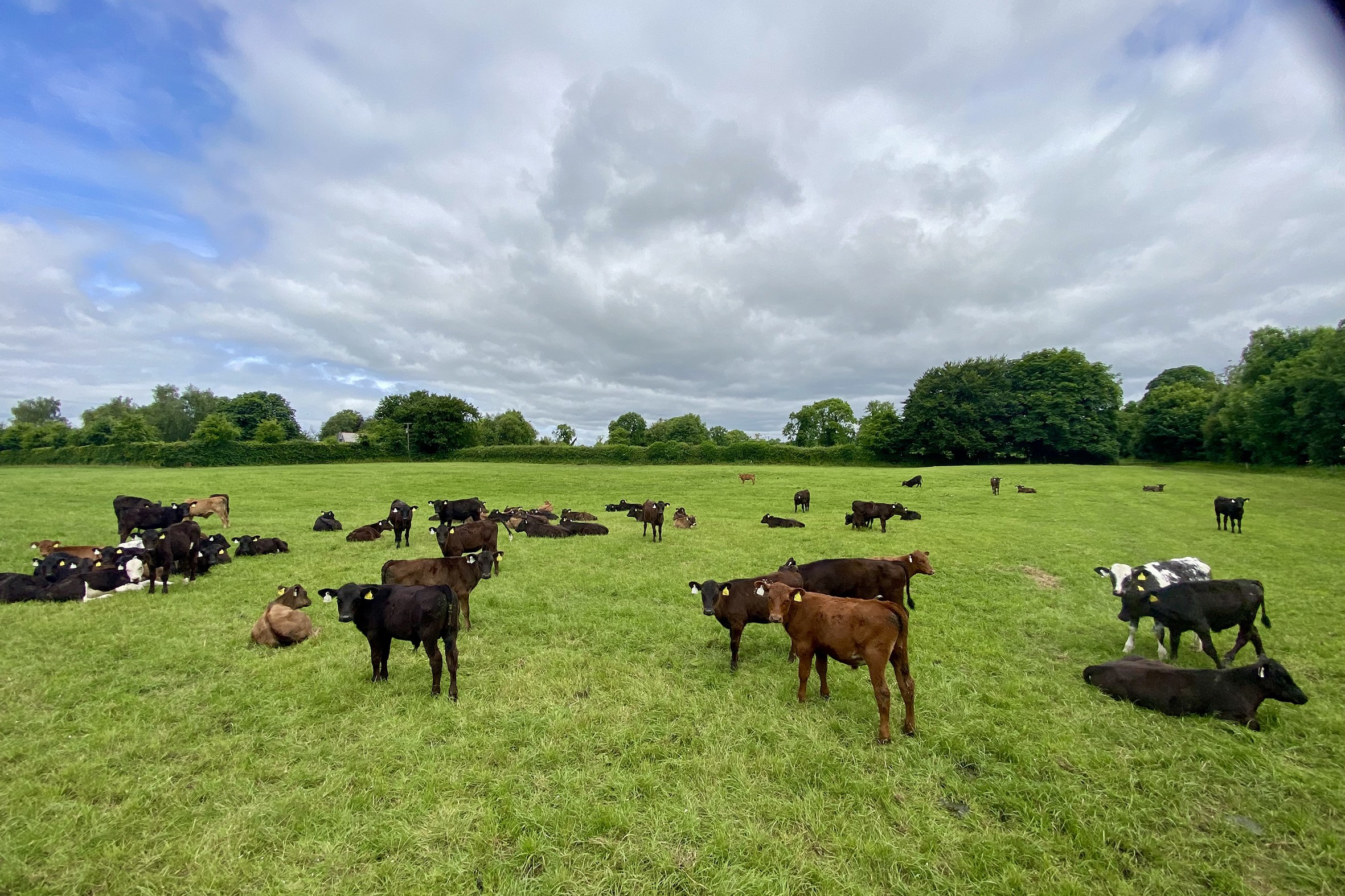
Eager to learn how the Irish have reduced the number of non-replacement dairy calves slaughtered at a young age every year to around 15,000, Beef + Lamb New Zealand’s Head of Genetics Dr Jason Archer visited Ireland last year and found beef genetics played an important part in their strategy.
“The visit highlighted the opportunities available to reduce the number of non-replacement dairy calves born in New Zealand and beef genetics would be an important part of the solution.”
Dr Archer says that the Irish dairy industry has taken a unified and multi-faceted approach to maximising the value of surplus calves produced from their dairy industry. This has included the use of sexed-semen, quality beef genetics, a national data recording system, and the development of a Commercial Beef Value (CBV). This attributes a monetary value to each calf based on its genetic merit.
All of these have contributed to improving the quality of surplus calves.
Dr Archer would like to see the New Zealand dairy and beef industries work together to develop a similar system to the CBV where a value would be assigned to dairy-beef calves at weaning.
This value would identify the genetic quality of the calf and act as a predictor of its productive potential. However, unless that information was shared throughout the value chain, there would be less incentive for dairy farmers to improve the quality of the calves they produce.
“We need some mechanism that differentiates the animals that have the genetics and have had the management to underpin those genetics.”
“Irish dairy farmers need to be able to sell their calves as there are no alternatives. Strict regulations, in which all cattle are registered and all deaths are tracked, do not allow animals to be killed and buried on farms, so dairy farmers need to be offering good-quality calves to the market.” – Dr Jason Archer, Head of Genetics, Beef + Lamb New Zealand
Dr Archer says this would require information transfer and the market acting on that information, but biosecurity could also be part of the package. While Ireland’s concerted efforts to reduce bobby calves have been relatively recent, Dr Archer says they use both incentives and regulations. Irish dairy farmers need to be able to sell their calves as there are no alternatives.
Strict regulations, in which all cattle are registered and all deaths are tracked, do not allow animals to be killed and buried on farms, so dairy farmers need to be offering good-quality calves to the market. Added to this, Bord Bia, the Irish Food Board’s quality assurance scheme, will no longer accept milk from any farm slaughtering non-replacement calves. Dr Archer says these regulations incentivise dairy farmers to look beyond gestation length and calving ease when selecting beef sires and think about the traits that make the resulting calves an attractive proposition for finishers and processors.
“They need to be able to sell that calf and they need to give the next person something to buy. Otherwise the farm is effectively forced to rear the calf themselves.”
While the Irish operate similar livestock systems to those seen in this country, farms are generally smaller and there is a strong focus on beef production, with very few sheep. Their industry has advanced cattle progeny testing, including feed and methane efficiency testing and genotyping.
There is also an advanced level of farmer support offered through the Teagasc Knowledge Transfer team and assurance through Bord Bia.
Dr Archer feels New Zealand could learn a lot from the way the Irish have dealt with the issue of non-replacement dairy calves.
“While we couldn’t completely follow in their footsteps due to the structure of our industry, we can certainly emulate the way they have developed a long-term plan and thought about the building blocks required. They have worked collaboratively to put these building blocks in place.”

